|
Because of the Evolution did
horns transform into wider
heavier
skull and brain?
Are
acupuncture
meridians
evo-devo
structures?
© 2008-2017 Stefano Marcelli
home/table of contents -
previous -
to be continued...
| |
:: brown text means unrevised translation or incomplete work ::
NB: the author uses the words "channel", "meridian" and "vessel" as synonyms to define the system of lines, tubes or slices transporting the undemonstrated energy called Qi (pronounce "tchi") to all parts of the body. Anyway he considers "meridian" more suitable for scientific speech and literature, also because it is already employed in other fields of knowledge as in geography and morphogenesis.
|
"When comparing different species the ratio of brain weight to body
weight does present a correlation with intelligence, though the
actual brain weight has little or no effect. For example, the ratio
of brain weight to body weight for fish is 1:5000; for reptiles it
is about 1:1500; for birds, 1:220; for most
mammals, 1:180, and for humans, 1:50." (see
source)
The picture below liken the human skull,
with the gallbladder acupuncture meridian superimposed (red-green lines) to
a ram skull. The two shapes appear enough to coincide, though not
all herbivores have twisted horns or twisted in the same way. According to
Traditional Chinese Medicine (TCM), the liver and its coupled organ
gallbladder control brain functions and nail formation. Curiously TCM
does report nothing about the relationship between meridians
and horns, because in animals meridians were neither thought nor
described. On the contrary, as a herbal drug horns are very important and
prescribed on a regular basis.
| |
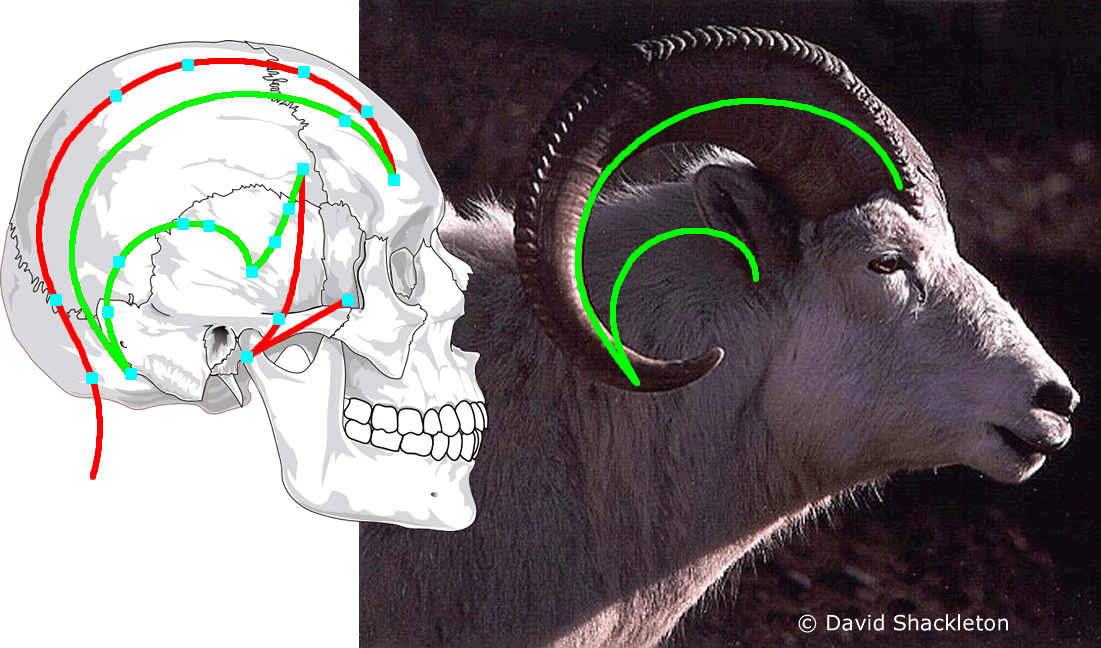 |
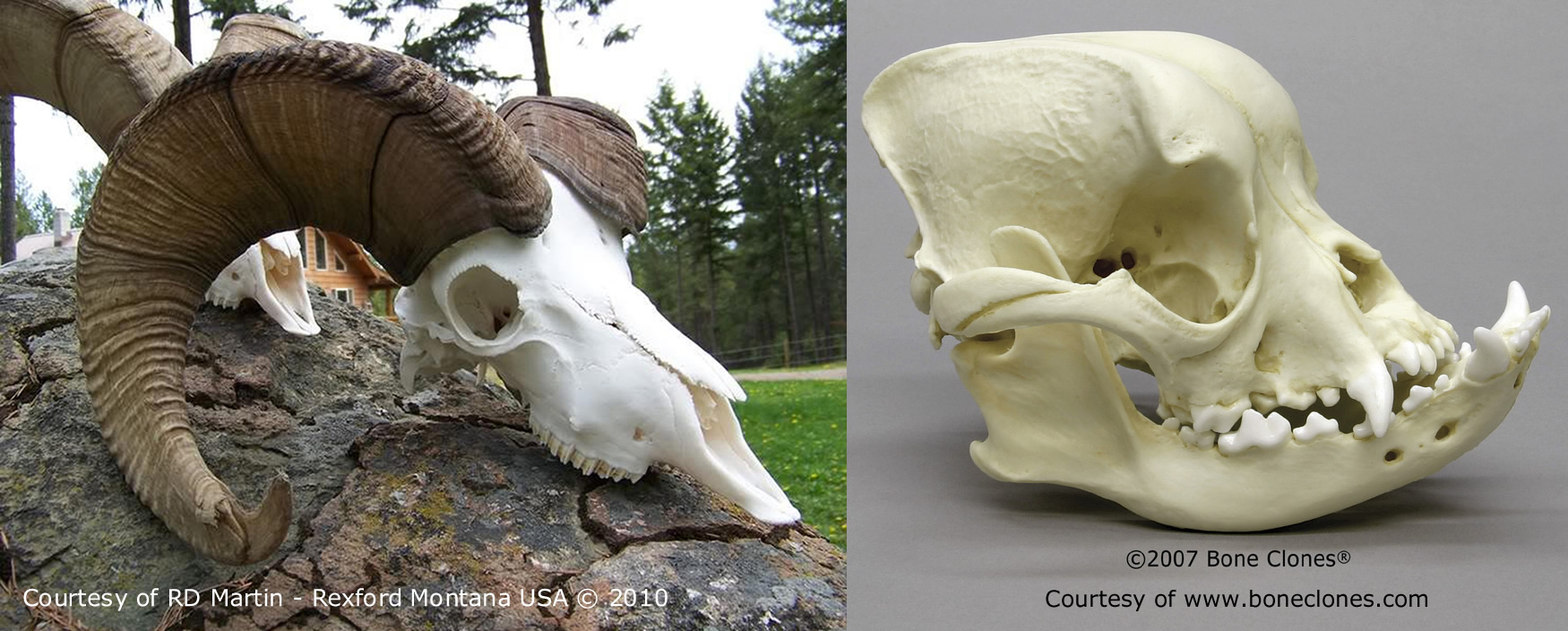 |
|
The two pictures above, of a ram and an English
bulldog skulls, could show the results of the evolutional passage from
herbivorous mammals with empty great horns to carnivorous mammals
with consistent wide brains. As shown below, in the picture of a sculpture found in
the Villa
of the Papyri's garden of Herculaneum ruins, that evolutionary passage caused
our ancestors some psychological traumas and misidentifications,
which were expressed as the myth of the god Pan and his fauns.
Several scenes in
Robert Harris' bestselling novel
Pompeii are set in the Villa of the Papyri, just before the
eruption engulfed it. The villa is mentioned as belonging to Roman
aristocrat
Pedius Cascus and his wife
Rectina. (Pliny
the Younger mentions Rectina, whom he calls the wife of Tascius,
in Letter 16 of book VI of his Letters.) At the start of the
eruption Rectina prepares to have the library evacuated and sends
urgent word to her old friend,
Pliny the Elder, who commands the
Roman Navy at
Misenum on the other side of the
Bay of Naples. Pliny immediately sets out in a warship, and gets
in sight of the villa, but the eruption prevents him from landing
and taking off Rectina and her library — which is thus left for
modern archaeologists to find.
| |
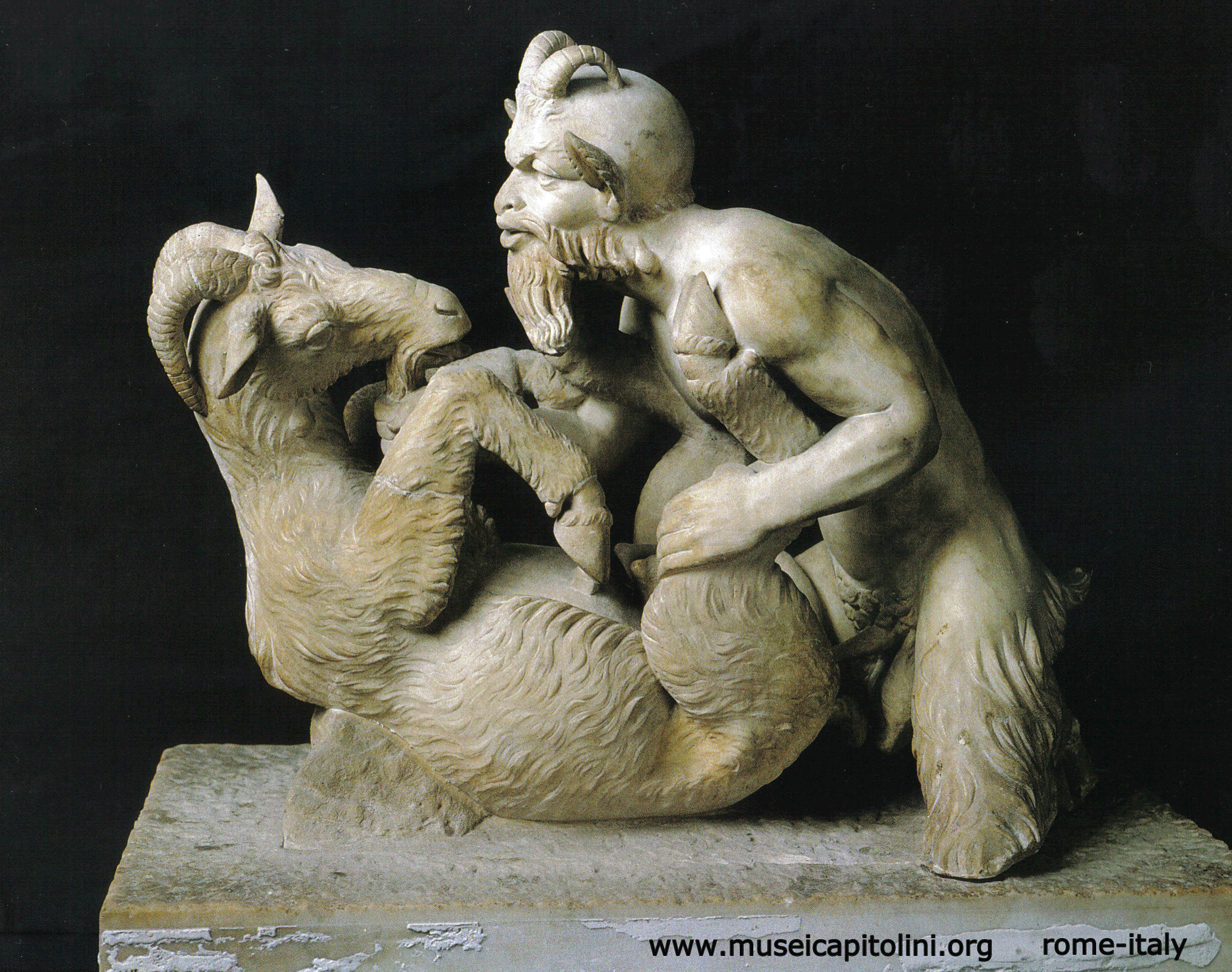
The principal question posed in
the first page
of these gross anatomy-acupuncture comparative studies continues to
remain unanswered:
- "How the old Chinese could "see" and describe all that?"
|
 |
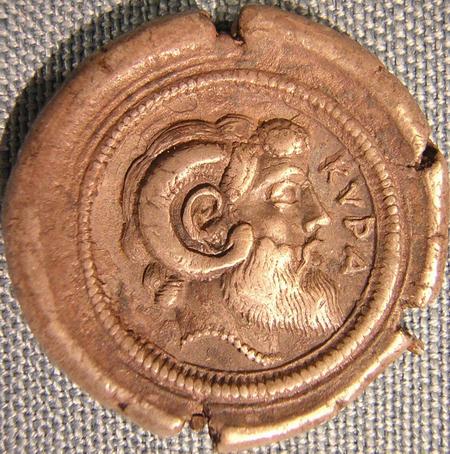 |
Ammon's horns carved on ancient Greece coins celebrating Alexander the
Great (http://www.livius.org/aj-al/alexander/alexander08.html).
Now let's follow the strange case of Zhang Ruifang and her forehead left horn: in the video
linked below you find her
and its detailed story. Again we have a concrete clue in favour of the
hypothesis that the acupuncture meridian system is a morphogenetic
structure of an unknown type. The path
of the Gallbladder meridian over the skull of the vertebrates (man is
among exceptions) can
represent and guide the morphogenesis of at least two types of horns: of a ram and goat. The tip of the first
would correspond to
GB-12 point, that of the second to GB-14 point.
http://www.youtube.com/watch?v=mCMWRu_fL44&feature=player_embedded
|
 |
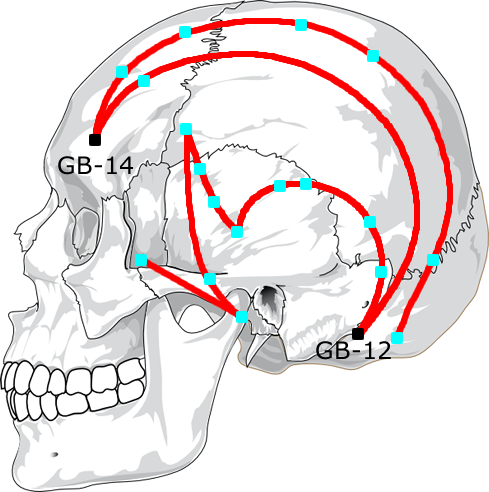 |
|
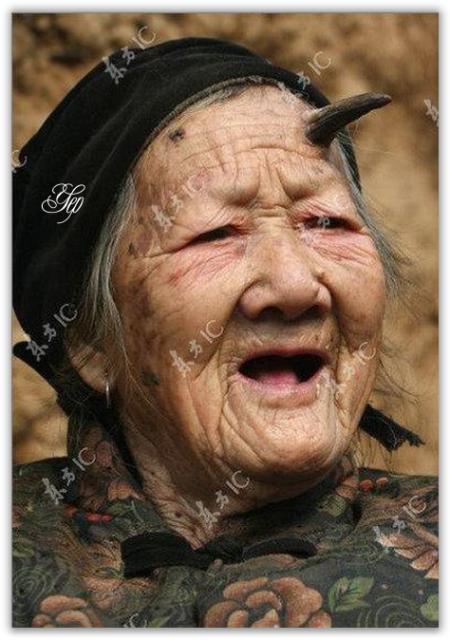 |
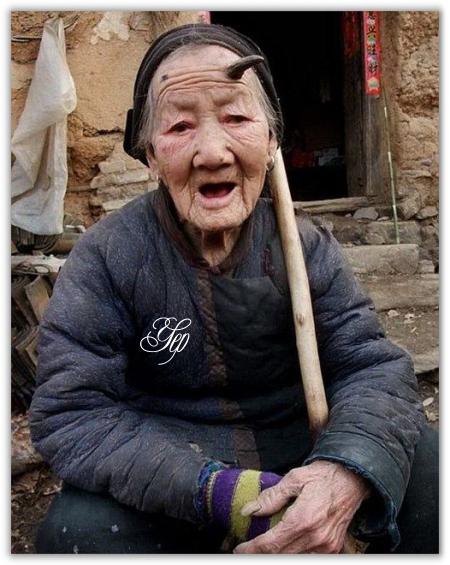 |
|
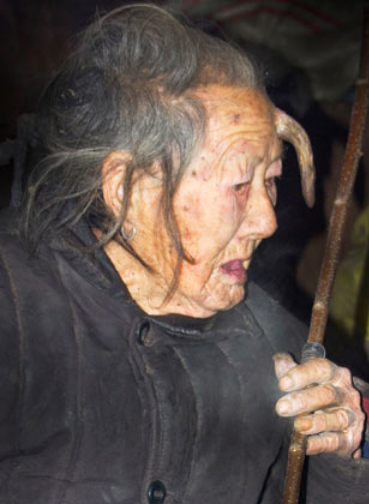 |
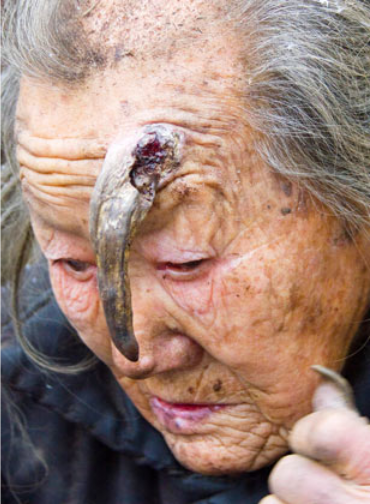 |
|
 |
|
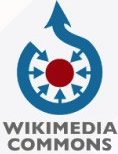 |
| |
|
home/table of contents -
previous -
to be continued... |
|
